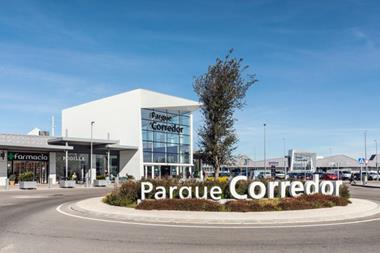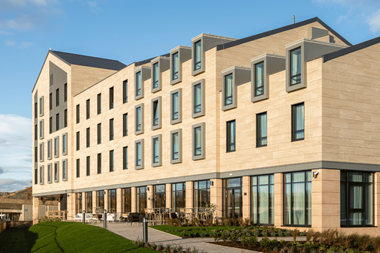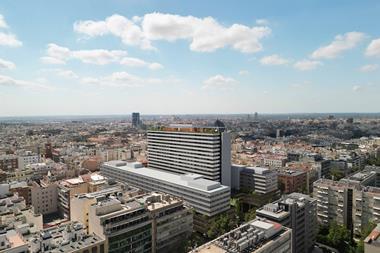Nearly 800,000 m² of retail space is currently under construction in Poland, the bulk of which should be completed in 2013, according to Colliers International.
Nearly 800,000 m² of retail space is currently under construction in Poland, the bulk of which should be completed in 2013, according to Colliers International.
It is estimated that new supply will reach 550,000-600,000 m2 in the year ahead, while rental levels should be relatively stable in most markets, the property adviser said in its retail market review for Eastern Europe published at MIPIM.
The Russian capital Moscow is in second place in the ranking. The city is seeing significant shopping centre development, with more than 20 shopping centres with a total gross lettable area of 686,000 m2 scheduled to open there in 2013. Colliers said, however, that some openings are likely to be delayed, resulting in around 455,000 m2 being delivered.
Despite a flattening of GDP/capita growth in 2012, the Moscow market saw robust continued consumption with a total of 18 new international brands entering the market, including Michael Kors, Juicy Couture, Hamleys, Mamas & Papas, Debenhams, Bath & Body Works.
International retailers tend to open their first Russian shop in Moscow, with regional expansion the next step to developing a retail platform in Russia. Currently, foreign retailers are focusing on cities with over 500,000 residents, leading to very strong pipelines. For example, Immochan - the real estate developer of French hypermarket group Auchan - will open the first stage of its 92,140 m² 'Aquarelle Mall' in Volgograd in 2013.
Ukraine takes third place in the development pipeline ranking due to activity in Kiev. The Ukrainian capital will see a considerable increase of about 520,000 m² over the next two years. Colliers warned that due to moderate demand, rental values will face downward pressure, backed by increased vacancy.
The report cites data that shows traditional shopping centres are now widespread amongst the majority of Eastern European cities, driven by continued strong development activity over the past year despite rather weak economic conditions across Europe generally.
Colliers said that a major rationalisation of space is not necessarily the outcome, however, as retailers are forced constantly to re-evaluate how best to balance real estate and distribution/ fulfilment within their corporate strategy.
On a per capita basis, all the major cities have no more than 700 m2/thousand population of traditional shopping centre space.
See the full report below










